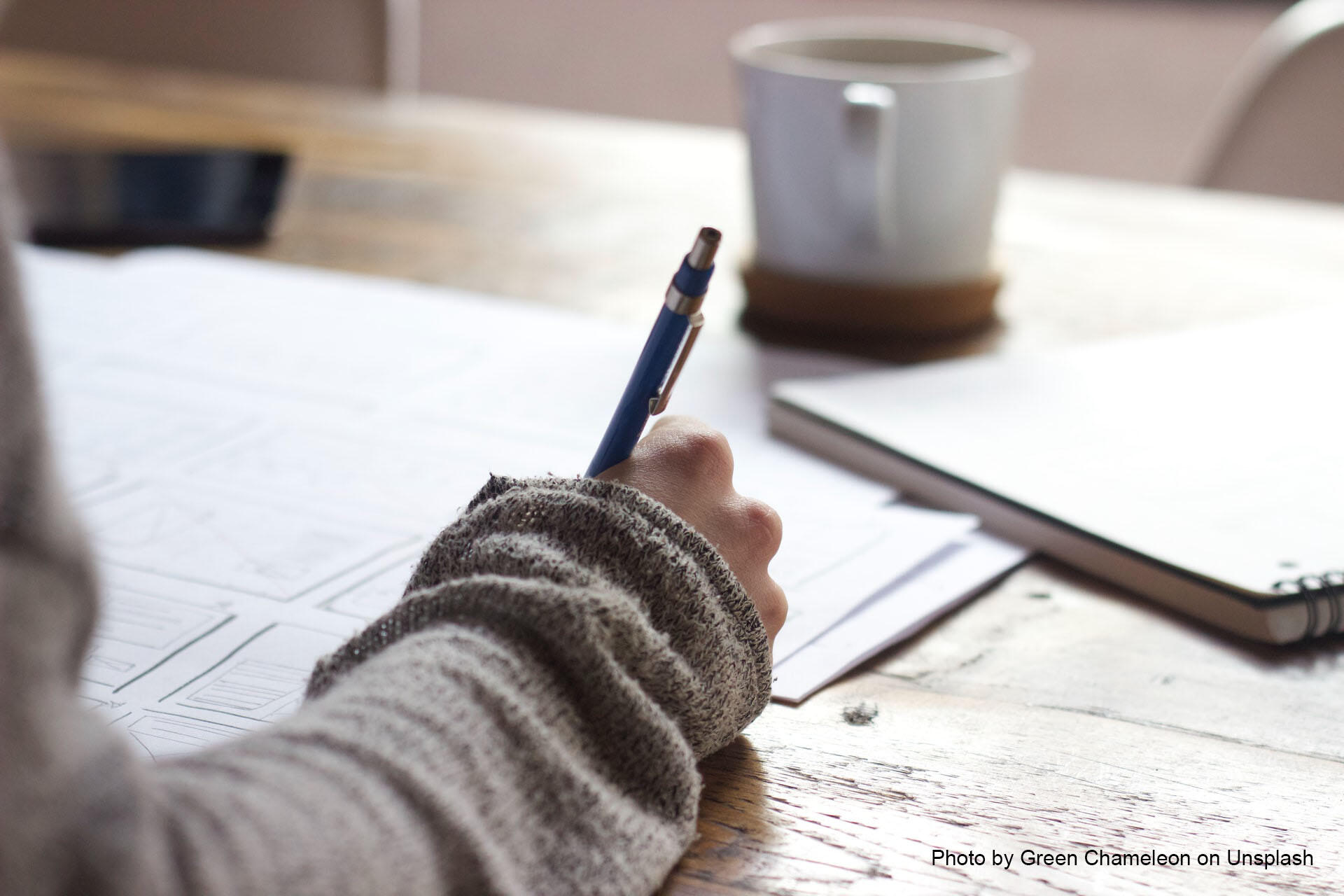As a student, one of the main challenges is creating notes and establishing a study routine that will maximize your time and grades. Traditionally, many of us may gravitate towards passive study techniques, such as re-reading notes or the textbook. This may work for quizzes, but for unit tests or final exams with more experimental questions, active learning produces better results.
What is Active and Passive Learning?
Active learning involves engaging in your course material by asking questions, mind-mapping, and doing active recall sessions. This allows you to memorize and learn information engagingly. For instance, day one can involve reviewing information in your notes by highlighting and assigning specific colours to separate topics. On day two, before you start reviewing again, take a blank piece of paper and try to write down as much information as you can remember from the last day’s study session. Promoting this type of thinking allows for a better understanding and application of knowledge.
- Take additional notes in your own words during class
- Create flashcards by turning topic headers into questions
- Take into consideration research, experiments or other literary work that connects with what you are learning
- Ask questions about topics you are unsure about regularly
Passive learning involves attending class and then re-reading material before the test. This learning style fails to develop critical thinking skills to the same extent as active learning. As a result, there may be discrepancies in learning by the time the final comes up.
Note-Taking Tips
Cornell Notes: This note-taking method involves creating separate sections for essential questions, vocabulary, questions, and an overall summary.
Concept Maps: This involves taking the main concepts from the unit and creating a visual representation. Some examples include diagrams, vocabulary, and formulas. I like to use concept maps for science classes as often the units connect with an overarching idea.
Charts: Great for summarizing multiple points and comparing concepts.
Visual Notes: Diagrams that are engaging and memorable can be handwritten or digital.
When taking notes, it is essential to focus on the main idea. Therefore, it would be a good idea to paraphrase and create your own shorthand to retain information. Creating topic lists and questions from the unit targets is very beneficial. AI is another tool you can use positively for your studying benefits. For example, if you are short on time, you can ask chat-bots, such as ChatGPT, questions about your topic. As a result, it will generate questions for you. You can then transfer these questions to a study guide and answer them periodically while studying. I also like making my online flashcards using Brainscape or other pre-made ones from various platforms. You can also use online resources such as Crash Course, MIT OpenCourseWare, The Organic Chemistry Tutor, and Khan Academy. For subjects such as biology, Khan Academy has some great practice questions and summarizing articles. Overall, I hope you find these study and note-taking skills helpful.
Featured image: [1]


